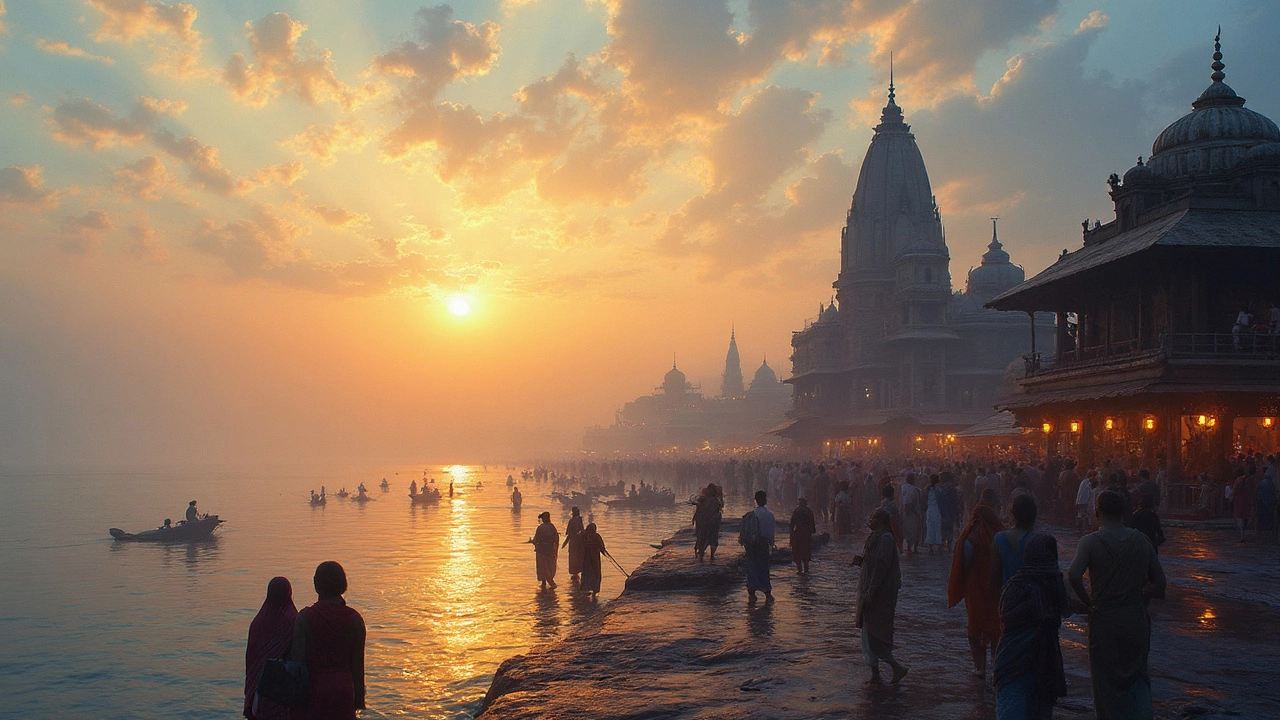SEARCH
Global Religion – How Faith Shapes Travel and Culture
When you think about travel, you probably picture beaches, mountains, or big cities. But religion is a huge part of why people move around the world. Temples, mosques, churches, and shrines draw millions each year. Knowing the story behind these places makes any trip richer.
Why Religious Travel Still Matters
Visiting a holy site isn’t just about snapping photos. It’s about feeling the energy that generations of believers left behind. Pilgrims often say the journey changes them, even if they’re not deeply religious. For a regular traveler, a visit can open a window to local customs, art, and daily life that you wouldn’t see otherwise.
Top Spiritual Spots to Visit
India is a goldmine for faith‑focused travel. Varanasi lets you watch dawn rituals on the Ganges, while the Golden Temple in Amritsar offers free meals to anyone who stops by. In the south, the Meenakshi Temple in Madurai dazzles with its towering gopurams. If you want to go farther, consider Jerusalem for its ancient walls, or the Vatican for a glimpse of Catholic history. Each place has a unique vibe, and spending a few hours there can teach you more than any guidebook.
When planning a religious trip, think about timing. Many festivals draw crowds, which can be exciting but also hectic. For example, Holi in India or Ramadan evenings in Muslim‑majority cities create unforgettable atmospheres, yet you’ll need to book early and be ready for large gatherings.
Respect is key. Dress modestly, remove shoes when required, and follow local rules. A simple "thank you" in the local language goes a long way. If you’re unsure, ask a guide or a local vendor—people usually love sharing their traditions.
To get the most out of a spiritual visit, combine it with nearby attractions. The Taj Mahal is a must‑see near Agra, but a quick trip to the nearby Fatehpur Sikri offers a quieter look at Mughal architecture. Pairing sites helps you see how different faiths have shaped the same region.
Travelers also love the food that comes with religious sites. Street stalls near temples often serve special sweets, while mosque areas might have savory kebabs. Trying these dishes is a tasty way to respect the culture and keep your energy up for exploring.
If you’re on a budget, many religious sites are free or charge a tiny entry fee. Public transport can take you close, and walking lets you soak in the surroundings. Pack a water bottle, wear comfy shoes, and you’ll be set for a day of discovery without breaking the bank.
Finally, remember that every pilgrimage is personal. Whether you’re climbing a mountain to see a monastery or sitting in silence at a shrine, the experience stays with you. Use those moments to reflect, learn, and maybe see the world a little differently when you get back home.

The Largest Religion in the World: A Glimpse into its Presence in India's Iconic Temples
Discover the largest religion in the world and its impact in India, a country filled with spiritual grandeur. This article offers insights into the significance of religious practices globally and highlights key temples in India where you can witness this religion's rich history. Learn about the cultural and architectural wonders of India while exploring Hinduism, the world's largest religion, through temple tours across the country.
Continue reading